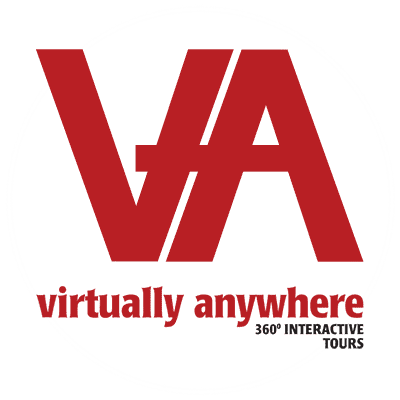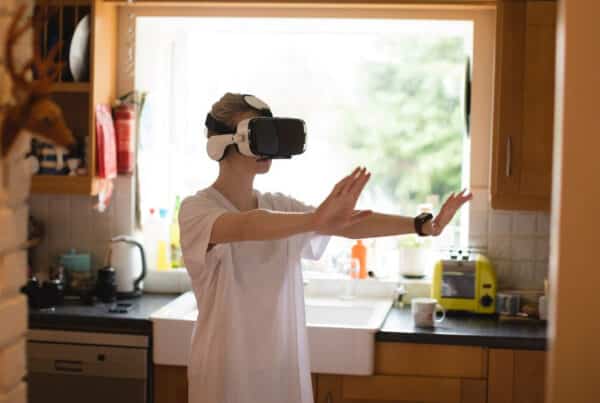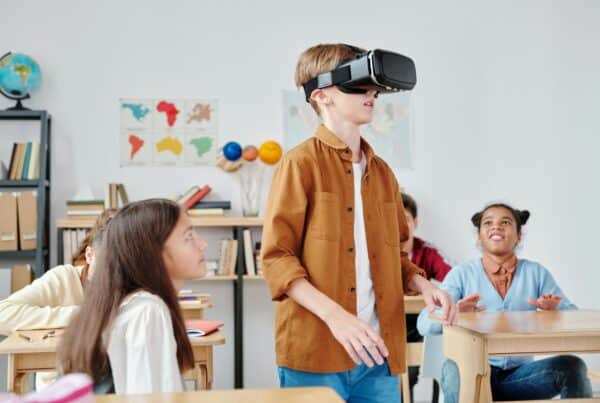Introduction
In today’s fast-paced digital landscape, businesses and organizations are continually seeking innovative ways to promote their events and engage potential attendees. One powerful tool that has emerged is the 360 video tour. These immersive experiences allow users to explore venues and events interactively, providing a unique perspective that traditional media cannot match. This article will discuss how 360 video tours can be effectively used for event promotion, highlighting their benefits, applications, and best practices for implementation.
Understanding 360 Video Tours
What Are 360 Video Tours?
360 video tours are interactive multimedia presentations that capture panoramic views of spaces using specialized cameras. Unlike traditional videos that offer a linear viewing experience, 360 tours allow users to navigate through environments at their own pace. Users can control their perspective by clicking and dragging or using navigation arrows, creating a sense of presence and immersion.
Benefits of Using 360 Video Tours for Event Promotion
- Enhanced Visualization: 360 video tours provide a comprehensive view of the event space, allowing potential attendees to visualize the layout and features in detail.
- Increased Engagement: The interactive nature of these tours keeps users engaged longer than static images or traditional videos.
- Remote Accessibility: Attendees can explore venues from anywhere in the world without needing to travel, making it easier for out-of-town clients to consider attending.
- Improved Decision-Making: By providing detailed views of event spaces, potential attendees can make more informed decisions about whether to participate.
How 360 Video Tours Can Be Used for Event Promotion
1. Showcasing Event Spaces
One of the primary uses of 360 video tours in event promotion is showcasing the venue.
- Detailed Exploration: Potential attendees can virtually explore the event space, examining key features such as seating arrangements, stage setups, and amenities. This level of detail helps attendees assess whether the venue meets their needs.
- Highlighting Unique Features: Event organizers can emphasize unique aspects of the venue—such as outdoor spaces, breakout rooms, or distinctive decor—through interactive tours that allow users to engage with the environment.
2. Providing Sneak Peeks
360 video tours can generate excitement and anticipation for upcoming events by offering sneak peeks into what attendees can expect.
- Pre-Event Promotion: By creating virtual tours before the event takes place, organizers can showcase the atmosphere and layout, enticing potential attendees to register or purchase tickets.
- Social Media Sharing: Virtual tours can be shared on social media platforms to reach a wider audience and generate buzz around the event.
3. Enhancing Attendee Experience
The use of 360 video tours significantly enhances the overall attendee experience.
- Familiarization with the Venue: Attendees can explore the venue virtually before arriving, helping them feel more comfortable navigating the space on the day of the event.
- Interactive Navigation: During the event, attendees can use virtual tours to navigate different areas and explore various sessions or activities at their own pace.
4. Facilitating Remote Participation
In an increasingly globalized world, remote participation in events is becoming more common.
- Engaging Remote Attendees: 360 video tours provide remote participants with an immersive experience that allows them to explore the event space virtually. This connection helps remote attendees feel more engaged with the event.
- Hybrid Events: For hybrid events that combine in-person and virtual attendance, 360 video tours can bridge the gap between both audiences by providing a shared experience.
5. Improving Marketing Strategies
360 video tours can significantly enhance marketing efforts for events.
- Email Campaigns: Including links to virtual tours in email newsletters can entice subscribers to explore new events or upcoming sessions.
- Website Integration: Embedding virtual tours on event registration pages enhances user experience and keeps visitors on the site longer.
Best Practices for Implementing 360 Video Tours for Event Promotion
To maximize the effectiveness of 360 video tours in promoting events, organizers should consider several best practices:
High-Quality Production
Investing in high-quality production is essential for creating engaging virtual tours:
- Use Professional Equipment: Employ high-resolution cameras capable of capturing detailed footage. Aim for at least 4K resolution to ensure clarity when viewed online or through VR headsets.
- Stabilization Techniques: Utilize stabilization equipment during filming to avoid shaky footage that detracts from user experience.
User-Friendly Navigation
Ensure that your 360 video tour is easy to navigate:
- Intuitive Controls: Implement clear controls that allow users to move through the tour seamlessly. Incorporate navigation arrows or hotspots that guide users through different sections.
- Mobile Optimization: Ensure that your virtual tour is accessible on various devices—including smartphones and tablets—to reach a broader audience.
Incorporate Interactive Elements
Adding interactive features enhances user engagement:
- Hotspots with Information: Include clickable hotspots that provide additional information about specific areas or features within the tour.
- Quizzes and Polls: Engage users by including quizzes or polls related to the content of the tour. This interactive element encourages participation and reinforces learning.
Promote Your Tour Effectively
Once your 360 video tour is complete, promote it effectively:
- Social Media Campaigns: Share snippets of your virtual tour on social media platforms with engaging captions that encourage followers to explore further.
- Email Newsletters: Include links to your virtual tour in email newsletters sent to subscribers, enticing them with exclusive content or sneak peeks at upcoming exhibitions.
Measuring Success
To assess the effectiveness of your 360 video tours in driving attendance and engagement:
- Track Engagement Metrics: Monitor how long users spend viewing your virtual tour and which sections they interact with most frequently.
- Analyze Conversion Rates: Compare conversion rates before and after implementing 360 video tours in your marketing strategy.
- Gather Feedback: Solicit feedback from attendees regarding their experiences with virtual tours and how they influenced their decision-making process.
Conclusion
In conclusion, 360 video tours represent a powerful tool for enhancing event promotion by providing immersive experiences that engage potential attendees effectively. By showcasing venues interactively while generating excitement for upcoming events, these virtual tools empower organizers across various sectors—from corporate conferences to cultural festivals. To maximize the impact of 360 video tours in promoting events, organizers should focus on high-quality production values, user-friendly navigation features, engaging interactive elements, and effective promotional strategies while measuring success through engagement metrics and attendee feedback. As technology continues evolving and more organizations embrace immersive experiences like 360 video tours as part of their marketing strategies or customer engagement efforts, understanding best practices for implementation will be essential for maximizing impact and creating lasting impressions on audiences worldwide.




